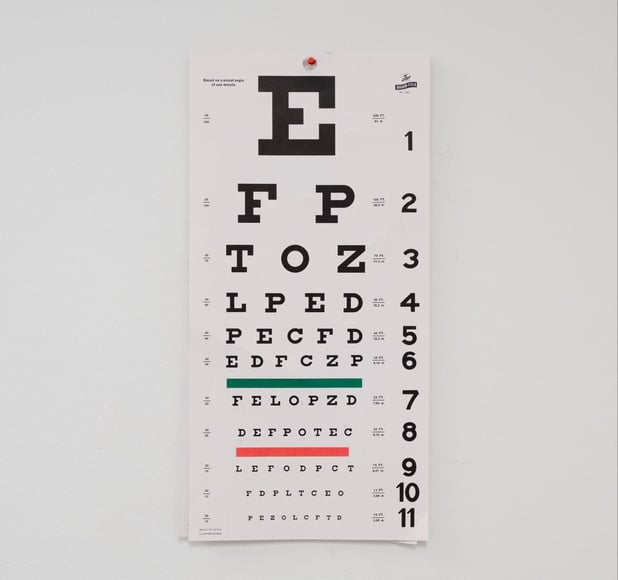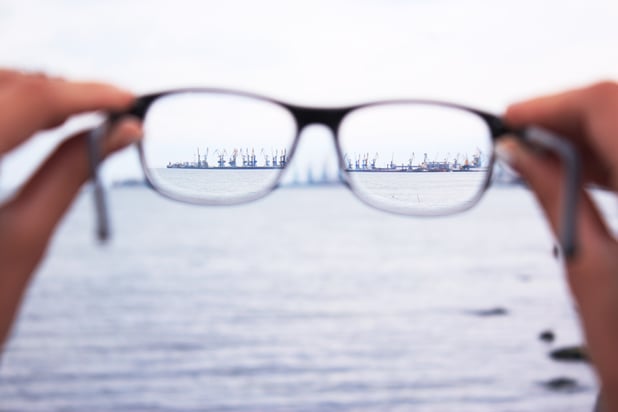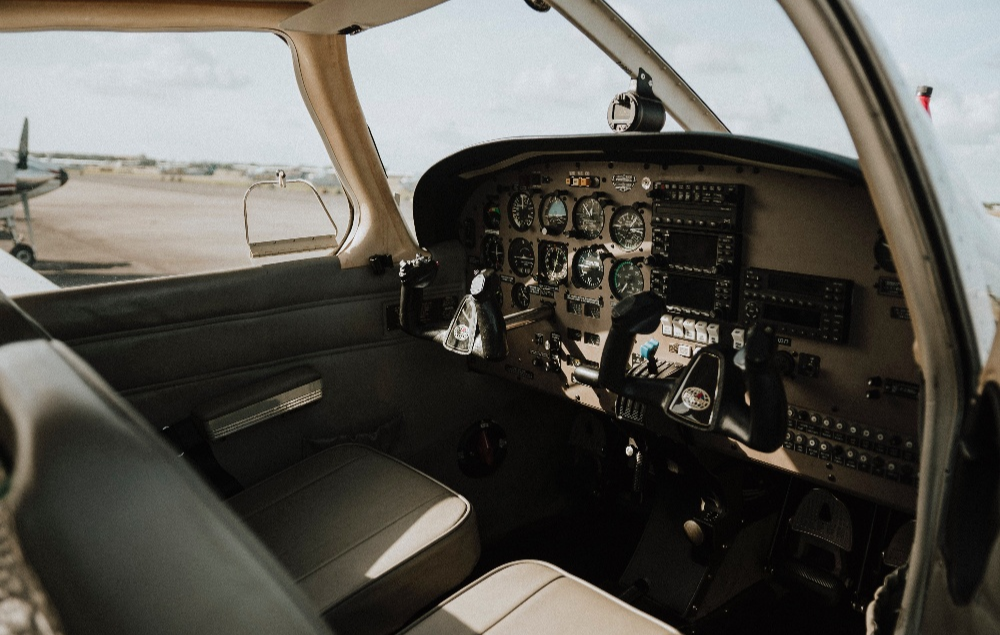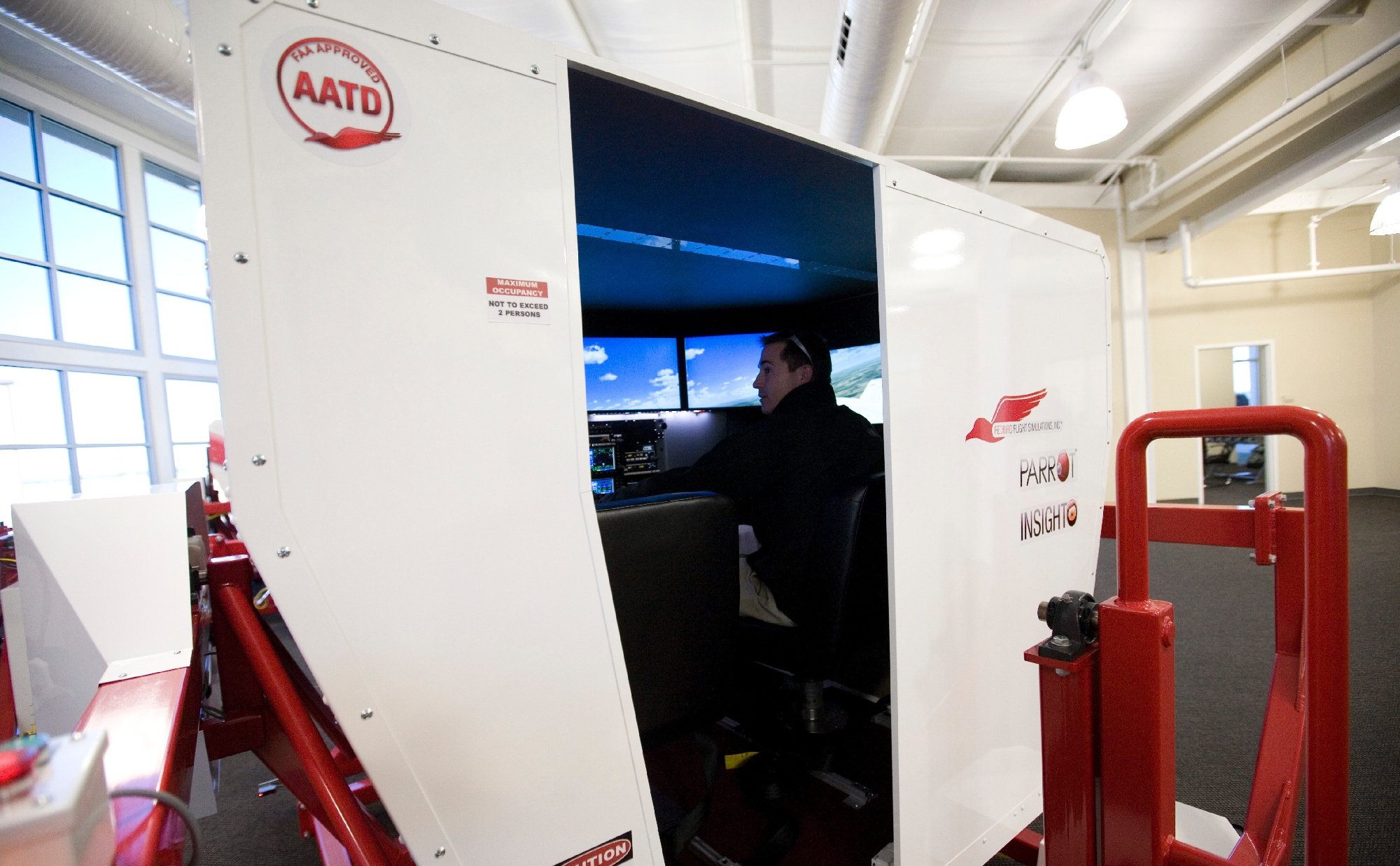Can You Be a Pilot With Glasses?
One of the most common questions aspiring aviators have is whether wearing glasses will hinder their chances. The good news is that having imperfect vision doesn't necessarily mean you can't become a pilot. In this article, we'll delve into the vision requirements for pilots, discuss how glasses can impact your aviation dreams, and explore the options available to those with less-than-perfect vision.
Vision Requirements for Pilots

The Federal Aviation Administration sets the vision standards for pilots in the United States, and similar regulatory bodies exist in other countries. These standards are in place to ensure the safety of pilots, passengers, and everyone else in the air and on the ground. While perfect vision is not a strict requirement, pilots do need to meet certain criteria.
Private Pilots
Private pilots fly for personal enjoyment and do not earn money from piloting activities. The vision requirements for private pilots are generally more lenient compared to commercial or military pilots. Private pilot applicants must have at least a third-class medical certificate, which requires distant visual acuity of 20/40 or better in each eye, with or without correction. If you require correction, it must be readily available during a flight.
Commercial Pilots
Commercial pilots are certified to receive compensation for their flying services. As a result, the vision requirements are slightly stricter than those for private pilots. In the U.S., commercial pilot applicants must have at least a second-class medical certificate, which requires distant visual acuity of 20/20 or better in each eye, with or without correction. Additionally, applicants must have an intermediate visual acuity of 20/40 or better in each eye separately, with or without correction at age 50 and over, as measured at 32 inches.
Airline transport pilots must obtain a first-class medical certificate, which requires the same distant and intermediate visual acuity but adds the need for an electrocardiogram at age 35 and annually after age 40.
All classes of medical certificates require near vision acuity of 20/40 or better in each eye separately, with or without correction, as measured at 16 inches. Furthermore, every type of pilot must be able to perceive the colors necessary for the safe performance of airman duties.
Military Pilots
Becoming a military pilot involves a highly competitive selection process and demanding flight training. Military pilots are required to operate advanced aircraft and execute complex missions. Consequently, the vision standards for military pilots are even more stringent than those for private and commercial pilots.
The specific vision requirements for military pilots vary depending on the branch of the armed forces and the type of aircraft they will be operating. In general, the armed forces expect pilots to have excellent uncorrected vision, and they may disqualify candidates who cannot adequately correct their vision with glasses or contact lenses.
For instance, the U.S. Air Force requires pilot candidates to have normal color vision, near visual acuity of 20/30 without correction, distance visual acuity of no worse than 20/70 in each eye correctable to 20/20 and meet other refraction, accommodation, and astigmatism requirements.
If you aspire to fly in the armed services, you should contact a recruiter to verify the specific physical, medical, and academic requirements.
Wearing Glasses as a Pilot
The truth is that many pilots wear glasses, and it doesn't automatically disqualify you from becoming a pilot. However, there are some considerations to keep in mind.
Wearing glasses doesn't necessarily mean that you'll meet the vision standards. What matters is that your vision, with correction, meets the required acuity levels. If you can correct your vision to 20/20 or better, you should be able to meet the standard for most pilot classes. So long as your glasses effectively correct your vision to meet the medical requirements for the certificate sought, you will be on the right track.
Alternatives to Glasses

If your uncorrected vision falls short of the requirements, you have additional corrective options beyond glasses.
Contact Lenses
Many pilots opt for contact lenses as an alternative to glasses. Contact lenses can provide clear vision without the need for bulky frames. However, keep in mind that contact lenses require proper care and maintenance, especially in the dry and pressurized environment of an aircraft cabin.
Refractive Surgery
Refractive surgeries like LASIK or PRK can correct vision issues permanently. However, it's important to note that some airlines may have specific guidelines regarding the timeframe between the surgery and returning to flight duties. Consulting with an aviation medical examiner and your chosen airline is crucial before undergoing surgical procedures.
Similarly, if you are a prospective military pilot, you should reach out to your desired branch before undergoing corrective eye surgery, as it may disqualify you from certain roles.
Special Issuance
In some cases, pilots who don't meet the standard vision requirements may still be able to fly under a "special issuance." This involves obtaining a waiver from the aviation authority after demonstrating that your vision doesn't pose a safety risk.
Related Content: Should You Fly Under BasicMed?
In aviation, clear and accurate vision is undeniably important. However, modern eyewear technology enables individuals with glasses to pursue their dreams of becoming pilots across different categories. Private pilots, commercial pilots, and even military pilots can often overcome vision hurdles with the help of corrective lenses.
Remember that while glasses may be permissible, they should never compromise your ability to operate an aircraft safely and competently. The most crucial aspect is not just meeting the vision requirements but also maintaining your visual health throughout your flying career. Regular eye examinations, appropriate corrective measures, and adherence to safety protocols are essential for pilots of all types.
With careful consideration of your options, communication with aviation authorities, and a continued commitment to your health, you can navigate the world of aviation and realize your dream of taking to the skies as a certificated pilot.
Share this
You May Also Like
These Related Articles

Can You Pay for Flight School With a Loan?
-1.jpeg)
6 Low-time Pilot Jobs That Build Flight Hours
